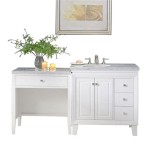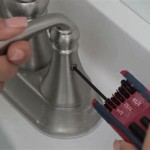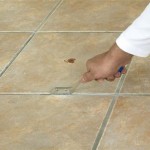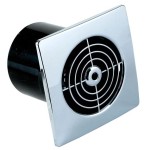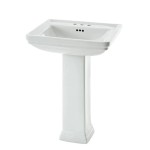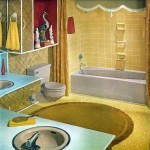Bathroom Vanity Top Without Backsplash: A Design Exploration
The bathroom vanity top is a central element in bathroom design, serving both aesthetic and functional purposes. While backsplashes are often considered an essential addition to vanity tops, their absence can create a unique and stylish look. A bathroom vanity top without a backsplash can offer a streamlined and minimalist aesthetic, freeing up space and fostering a sense of spaciousness in the bathroom. However, choosing a vanity top without a backsplash requires careful consideration of design elements, material choices, and practical implications. This article will delve into the considerations surrounding a bathroom vanity top without a backsplash, exploring the benefits, drawbacks, and design strategies for achieving a successful and functional bathroom space.
Aesthetic Considerations
The absence of a backsplash can create a clean and contemporary look, allowing the vanity and countertop to take center stage. This minimalist approach can enhance the visual appeal of a bathroom, especially when coupled with other minimalist design elements, such as sleek fixtures and a simple color palette. The absence of a backsplash also allows the wall behind the vanity to become a blank canvas, offering opportunities for incorporating interesting textures, wallpapers, or artistic elements. This approach can add depth and personality to the bathroom space, while still maintaining a cohesive and modern aesthetic.
Functional Considerations
While aesthetically appealing, a bathroom vanity top without a backsplash presents certain functional considerations. Without a backsplash, the wall behind the vanity is exposed to splashes and spills from the sink. This can lead to water damage and staining, especially in areas with frequent use. Additionally, the lack of a backsplash can make cleaning more challenging, as water and debris can accumulate behind the vanity and become difficult to remove. Therefore, careful consideration must be given to the material selection for the wall behind the vanity, opting for materials that are water-resistant and easy to clean. These materials can include tile, waterproof paint, or high-quality wallpaper designed for wet areas.
Material Choices
The material choice for a bathroom vanity top without a backsplash is crucial, as it will directly influence the overall aesthetic and functionality of the bathroom space. Natural stone, such as granite or marble, offers durability, elegance, and a natural aesthetic. However, these materials can be porous and require regular sealing to prevent staining. Engineered quartz countertops, on the other hand, are non-porous, stain-resistant, and relatively low-maintenance. They also come in a wide range of colors and patterns, offering greater design flexibility. Solid surface materials, such as Corian or Staron, are known for their seamless appearance, durability, and ease of cleaning. They can be customized in various colors and textures, providing versatility in creating a unique bathroom design.
Design Strategies
When designing a bathroom vanity top without a backsplash, certain strategies can help mitigate potential drawbacks and ensure functionality. Choosing a vanity with a slightly raised back edge can help prevent water splashes from reaching the wall, reducing the risk of damage. Installing a water-resistant material behind the vanity, such as tile or waterproof paint, can further protect the wall from potential stains and water damage. Additionally, incorporating a shelf or towel bar above the vanity can provide a convenient spot for storing toiletries and towels, minimizing the need for excessive counter space and reducing the likelihood of spills reaching the wall.
Conclusion
A bathroom vanity top without a backsplash presents a unique design opportunity, offering a clean and minimalist aesthetic. However, careful consideration of functional aspects, material choices, and design strategies is essential to ensure a practical and visually appealing bathroom space. By understanding the benefits, drawbacks, and design considerations, homeowners can create a bathroom that seamlessly blends style and functionality, embracing the beauty and simplicity of a vanity top without a backsplash.

Do You Really Need A Bathroom Vanity Backsplash Hunker Trends Design
Backsplash Advice For Your Bathroom Would You Tile The Side Walls Too Designed

Ask Maria Lip Or No
Backsplash Advice For Your Bathroom Would You Tile The Side Walls Too Designed

Backsplash Advice For Your Bathroom Would You Tile The Side Walls Too Designed

Removing The Side Splash Backsplash From Our Bathroom Sink Young House Love

A Better Alternative To 4 Inch Tall Backsplash
:strip_icc()/101963997-428f882f0c604f7cb5e07f81516e96d9.jpg?strip=all)
18 Luxurious Bathroom Countertop Ideas For All Budgets

Bellaterra Home 203131 Bathroom Vanity Black Wood Cabinet

New Marble Countertops For Bathroom Vanities
Related Posts
